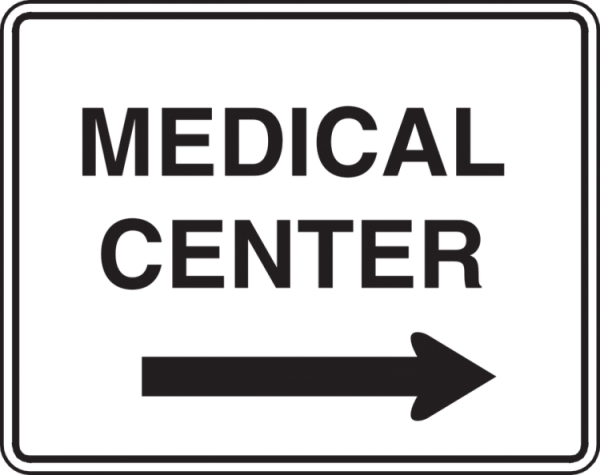February 7, 2016
How the Legislature Could Reduce the Costs of Medi-Cal
39% of Californians are on Medi-Cal. Medi-Cal holds costs down by making people wait for care. This backfires when the care happens to be for a condition that gets worse while the patient waits. Medi-Cal also holds costs down by limiting what can be done each visit. This backfires when more needs to be done. What does work is putting Medi-Cal providers on salary at the county hospital or other county owned facility. Providers on salary rather than fee for service have no incentive to order unnecessary tests to inflate their billable hours. Kansas has the highest proportion of doctors on salary than any state, and as a result, has the lowest health care costs. The Legislature can remove any impediments to counties staffing their own facilities to care for Medi-Cal patients.
Doctors try to reduce the time they spend with patients by not examining them. This leads to mis-diagnosis and inappropriate care. Both drain money from what could have been successful diagnoses and appropriate care. By setting the schedule of payment and allowed time to examine and diagnose patients to reasonable amounts, mis-diagnosis and inappropriate care will decrease, resulting in better outcomes and lower costs. It takes the same time for a family practitioner to examine a skin lesion as it does for a dermatologist. There is no reason to pay a dermatologist or any specialist more for an examination than a generalist. This would save costs in Medi-Cal. Letting patients go directly to the appropriate specialist once the payment differential for a first visit is eliminated would eliminate the increased cost of first seeing a generalist and then seeing a specialist. Patients don’t want a generalist for a skin lesion, they know they need a “skin doctor”. Patients don’t want an internist for a shoulder injury, they need an orthopedist or chiropractor. By allowing the patient to go directly to the appropriate specialist after payments for examination and treatments from a specialist and generalist for the same care are equalized, the State will save money.
Having Medi-Cal patients pay a small fee for each diagnostic test would encourage patients to ask if the test is really necessary. For patients for whom a share of cost is mandated, the share of cost should be applied for testing rather than to first visits and treatments. Patients would be more likely to avoid unnecessary tests and more likely to follow through with treatments. They would be less likely to wait till the condition is more serious and costly to treat. This would reduce costs by reducing the number of unnecessary tests and by getting better outcomes by doing the treatments doctors order before the condition has worsened.
The VA has found that finding the cause of pain rather than just prescribing pain medication results in far fewer veterans becoming addicted to opiates or seeking treatment for the side effects of pain medications. This results in lower costs to the VA. Since the VA has added chiropractic, treatment of pain complaints has become more effective because chiropractors treat the cause which eliminates the symptoms. Adding chiropractic to Medi-Cal will save money in the form of fewer addictions to pain medications, fewer side effects from pain medications and better outcomes. Moreover, chiropractic can treat disc injuries more cost effectively with less risk of complications than surgery. Adding Chiropractic to Medi-Cal will save the State money in lower surgical costs and fewer people becoming addicts on Medi-Cal. Treating Addicts is costly, not treating them is more costly in the form of criminal justice costs. Having Chiropractors and doctors willing to take the time to find the cause will result in a double whammy of savings to the state.

0 Comments
Leave A Comment